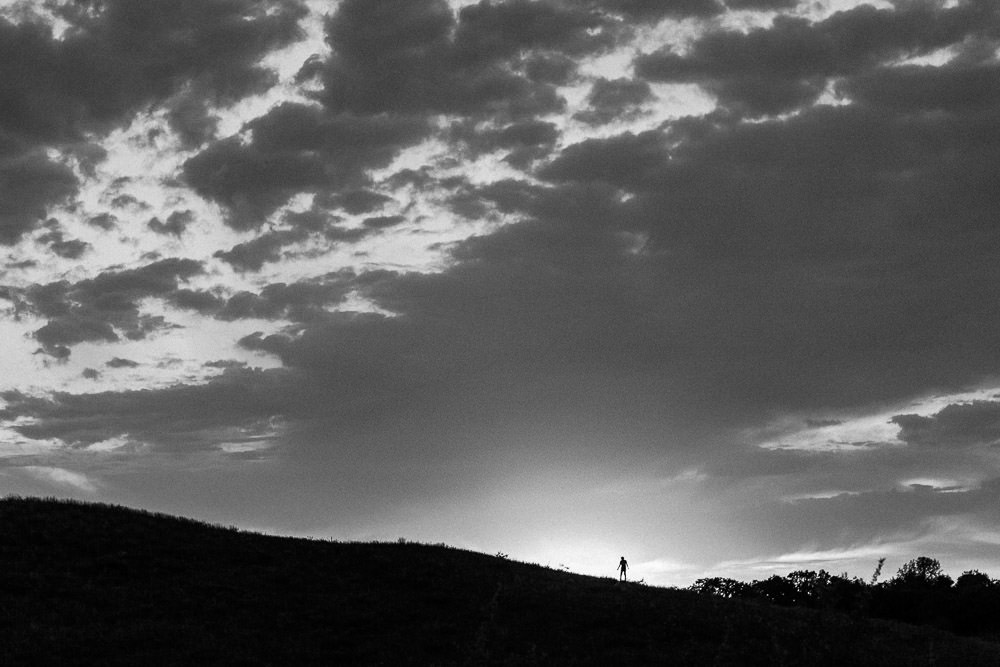#4Artistsin4Weeks: Josué Rivas

For the third installment, we have visual storyteller Josué Rivas. Below he discusses his project Standing Strong.
Q: Can you tell us a bit about yourself and the Standing Strong Project?
Standing Strong Project is ultimately a quest to seek a new vision of Native America through visual storytelling. Chapter 1 “Awakening” is mostly the body of work from Standing Rock. I’m currently working on Chapter 2 “Identity” which will focus on Indigenous peoples making their own image and putting it up on a large wall in their community. The beautiful part of this project is that the next 2 chapters are unknown, so as we make images we seek and shape the rest of the project.
Q: While many storytellers focused on the clash between police and Water Protectors, why was it important for you to turn your lens to the camps?
I think my intuition was telling me Standing Rock was much bigger than just a protest, I think it was an awakening of humanity. That’s why I think the softer and more calm images needed to be part of the story. There were hundreds of images from Standing Rock that depicted “war” but my focus was to make images that were about “peace”. I also knew that Indigenous peoples documenting was important, there was something deeply personal to Standing Rock, we were given the opportunity to reclaim our narrative and show people we are contemporary peoples.

Q: Was there anything that was entirely unexpected during your time documenting Standing Rock?
I think the diversity of people and stories I witnessed was unexpected. Aside from the usual supporters for Indigenous rights, there were many average folks that made it to the camps. I think that’s when I realized this movement was beyond just Indigenous peoples, it had become a movement about the water and our relationship with our planet.
Q: Is there one thing you’d want non-native people to take away from your project?
I think one of the most important things about Standing Strong is that it shows how Indigenous peoples are also contemporary and part of the fabric of this continent. I would like for non-natives to educate themselves on who the Indigenous peoples of their area are and also to acknowledge them. I think that’s a vital ingredient in healing and reconciling our wounds as a society. When people feel seen and respected, we start to heal.
Q: What are some of the ways you continue to stand strong?
I think making images is the main way I stand strong. Storytelling is something that has been in my family for generations and is something that I want to pass down to my children as well. As Indigenous peoples, our societies are rooted in stories so just the fact we can share who we are in our own voice is an act of strength.
Follow Josué Rivas and this body of work @standing_strong_project.


